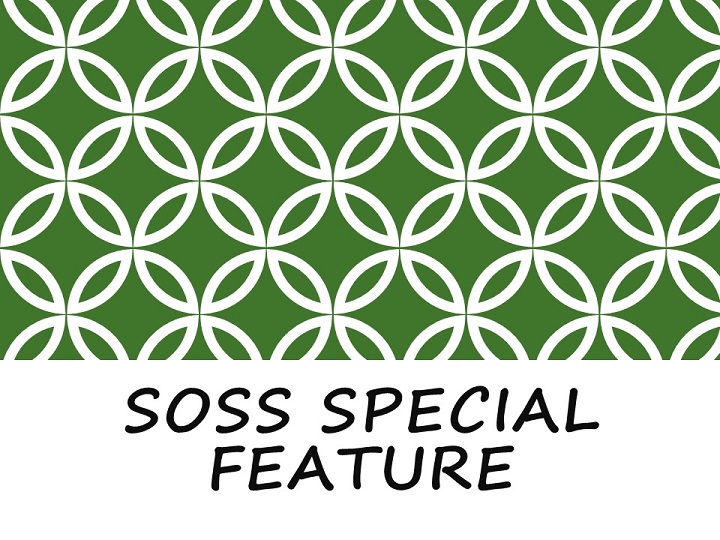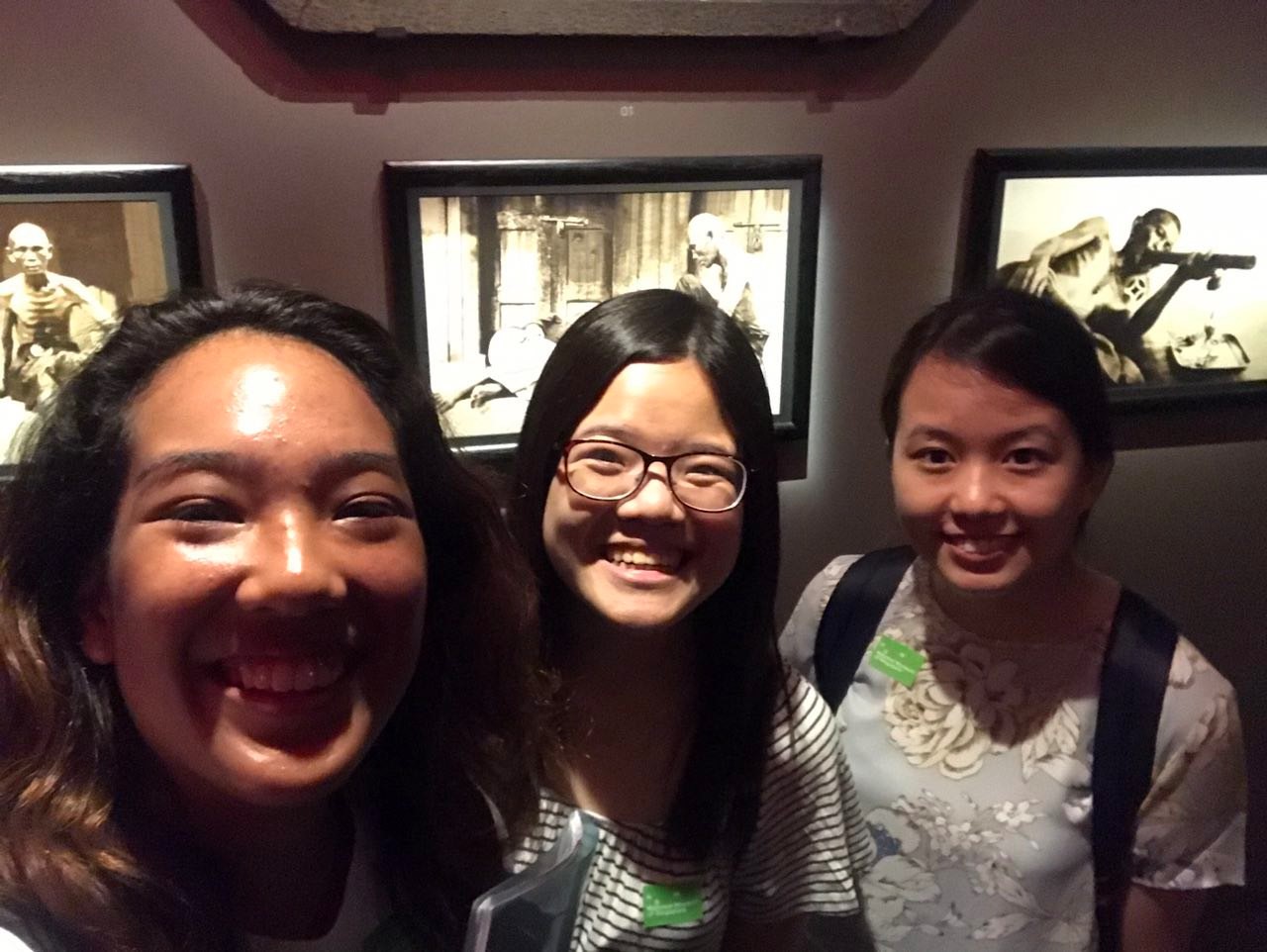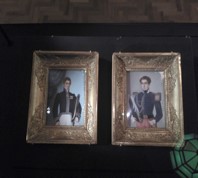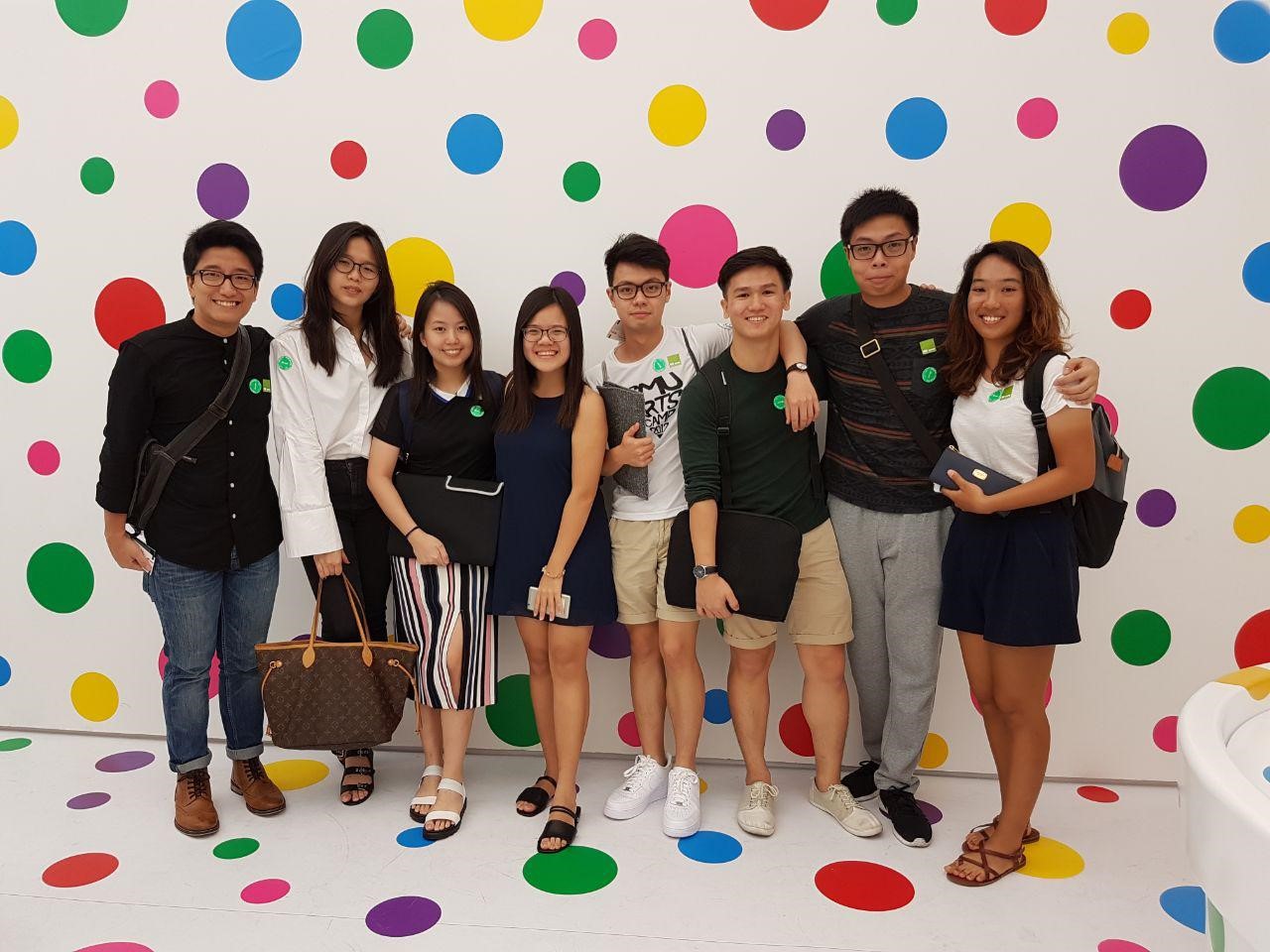
Rebekah Tay En Qi (BBM Class of 2020)
Sarah Jia-Min Lewis (BSocSc Class of 2020)
This summer, we enrolled in the POSC103 World Politics class under Assistant Professor Clara Portela. The course promised to teach us about International Relations: its origins, evolution and theories. It turned out to be an interactive and perspective-broadening learning experience. Over the course of this module, we explored different mediums of art such as film, literature and paintings. We stepped out the classroom to gain valuable insight to the theories we have learnt, and out of our comfort zone to explore a topic of interest to us that went beyond the course syllabus.
One aspect that we appreciated about this course is the field trips we went for. In one week, we headed over right next door to the National History Museum. The task: Identify and explain a piece of art and history that reflected the effects of globalisation in Singapore. The result: A selfie with opium smokers!
 Sarah, Rebekah and Esther, left to right, with photographs of opium-users in the background
Sarah, Rebekah and Esther, left to right, with photographs of opium-users in the background
We found it particularly intriguing that opium was actually brought to Singapore by the British! Addiction to this vice may not have been a good result of globalisation, one that we were used to hearing like technology, which is exactly why we chose to feature this aspect of globalisation for our assignment. We got to challenge what we learnt about globalisation with what we gleaned about the actual developments in colonial Singapore. Walking along the exhibit and observing how globalisation unfolded in Singapore made the readings more relatable and insightful.
On another week, we visited the National Gallery of Singapore. Ms Jean Tsai (Former SOSS Adjunct Faculty) led us on a guided tour across the museum’s flagship exhibition on Art of Southeast Asia since the 19th Century. Throughout the guided tour, we explored the evolution of art and took a walk in postcolonial Southeast Asia - from the perspective of both the colonisers and the colonised. Some paintings, interestingly, were so disturbing and unconventional in their portrayals that they are even banned in certain countries. Some paintings, such as the Balinesische Legende, breathed life into post-colonialism, an international relations theory. The coloniser’s view of the people of the colonies are vastly different from that of the local artists, as evident in the array of paintings displayed. Other paintings made us ponder their underlying intentions. The portraits of Western kings below exuded a sense of authority, and were probably meant to establish their power among the local people.
 Miniature portraits of Western kings ruling in colonised Southeast Asia
Miniature portraits of Western kings ruling in colonised Southeast Asia
Since we were visiting the national gallery, we had to grab the opportunity to visit the famous Yayoi Kusama exhibition! Here is a picture with some of our classmates that we have grown very close to over the short duration of this summer module.
 You guys are awesome! Let’s stay close and make that trip to JB a reality!
You guys are awesome! Let’s stay close and make that trip to JB a reality!
The journey to understanding politics on an international scale should be an enjoyable and meaningful one. Beyond the usual mountain of readings assigned to us social sciences students, sometimes embarking on a trip to the museum and spending time perusing the artwork can give the same, if not more, insights on such a complex subject. A class titled “World Politics” is simply not meant to be studied in the confines of a classroom, it is to be experienced and lived - the field trips, film screenings in class, the flexible assignments and the exciting class debates definitely helped. It has been a fulfilling summer for us indeed!